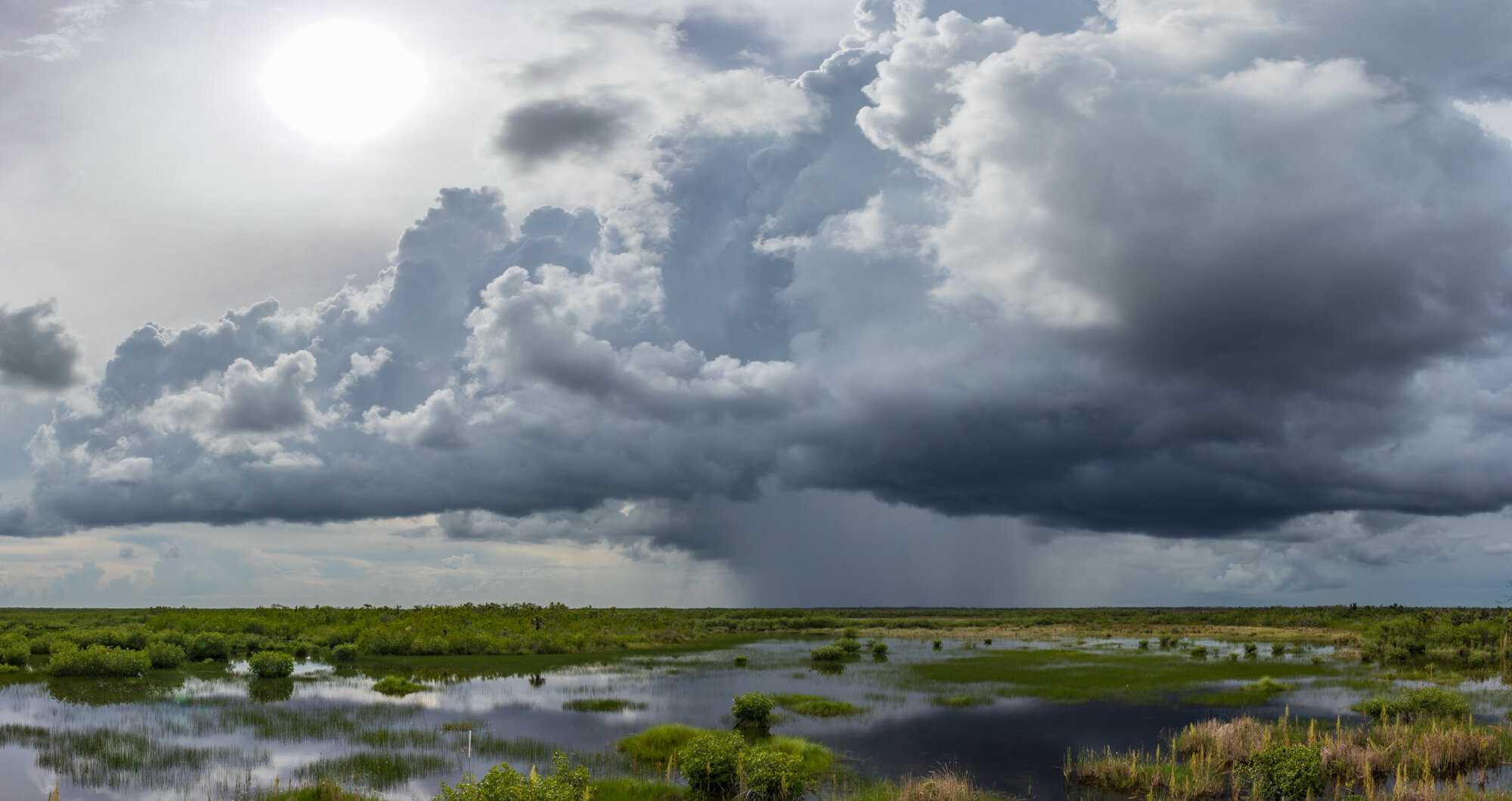
The science is in.
New oil development is detrimental to Big Cypress.
~
NEW Report: Speaking Up for the Swamp
~ NEW Report: Speaking Up for the Swamp
Seismic survey monitoring report 1: 2018
What’s a seismic survey? “Seismic surveys” were the ultra-damaging activities carried out in 2017 & 2018 that entailed industrial heavyweight (up to 33 tons) vehicles being driven through largely roadless areas of the Preserve - cutting down hundreds of cypress trees and state-listed endangered species within an area of over 100 square miles of the Preserve. All in the hunt for oil.
This monitoring report is the first independent report surveying just some of the impacts.
Tiny industry, huge risks: economic analysis that poses the question “why drill for oil in Florida?”
Evaluation of monitoring report 1: 2019
Major concerns and problems were identified with the monitoring report that was submitted by Burnett Oil Company’s consultants. Read the evaluation of their monitoring report to hear specific examples of how basic scientific and statistical procedures were lacking.
Review of mitigation analyses
Independent review identifies numerous shortcomings with mitigation analyses developed by the National Park Service, indicating that far more needs to be done to restore and mitigate for damages caused by seismic exploration inside Big Cypress.
2022 UMAM review of wetland impacts and mitigation for seismic survey
Independent analysis concluding that insufficient mitigation was required for the serious impacts to wetlands caused by seismic survey in Big Cypress.
Seismic survey monitoring report 2: 2019
This monitoring report was the 2nd conducted, after the company had nearly finished “reclaiming” the area.
BIG OIL = BIG IMPACT
The seismic surveys that devastated Big Cypress National Preserve in 2017 and 2018 involved industrial vehicles causing rutting within a 110 square-mile area of the Preserve…
For comparison, 110 miles is about the distance across Florida’s Southern peninsula from Naples to Miami.
Evaluation of monitoring report 2: 2020
A year later, the second monitoring report that was submitted by Burnett Oil Company’s consultants again had numerous issues with it. Read the evaluation of the monitoring report to hear specific examples of how basic scientific and statistical procedures were lacking in the monitoring report.
Overview of wetlands, wildlife, vegetation and habitats at risk in Big Cypress National Preserve from oil exploration and development
Updated 2021 economic analysis
Expanded oil and gas exploration and drilling would cause irreparable harm to Florida’s natural resources and would jeopardize the state’s leading industry, tourism. This report highlights that the small size of Florida’s oil industry means that there would be very little economic benefit from oil extraction in the Everglades.
Evaluation of monitoring report 4: 2022
This evaluation of the 4th monitoring report submitted by Burnett Oil Company’s consultants revealed similar deficiencies to those found in the prior monitoring report.
Seismic survey monitoring report 3: 2020
This monitoring report was the 3rd conducted, after so-called “reclamation” was finished and after about two years had passed. As you’ll find in this report, Big Cypress still bore scars and zero vegetation regrowth in many areas - despite agencies giving their okay to the oil company’s “reclamation” of the impacts the company had caused.
Evaluation of potential effects of seismic oil activities on the endangered Florida Panther
Numerous potential impacts upon one of the rarest animals in the country, the federally-listed endangered Florida panther, were identified in this report.
Evaluation of monitoring report 3: 2021
A third monitoring report that was submitted by Burnett Oil Company’s consultants was revealed to continue using parameters not in accordance with the Company’s DEP permit, e.g., not evaluating miles of rutted soils against their “original” undisturbed contours. Plant communities were only generally described and not detailed sufficiently to quantify actual impacts. Their mitigation plan makes no mention of compensating for losses of state-listed endangered plants, like Cardinal Air Plants, that were directly caused by the Company’s seismic testing.
2022 review of proposed wetland impacts and mitigation analysis
Independent review identifies serious deficiencies in wetlands impacts and mitigation in proposed operations permit application for Nobles Grade and Tamiami Prospect oil drilling and production activities for in Big Cypress.
Seismic survey monitoring report 4: 2023
This 4th report by Quest Ecology documents persisting damage in Big Cypress from Burnett’s seismic survey exploration activities in 2017 and 2018. The report details enduring, unmitigated damage to resources in the preserve.
Photo credit: Big Cypress Natl. Preserve, Lighthawk.org. This image, taken in late 2020, shows how the seismic survey lines cut through Big Cypress National preserve in 2017 and 2018 have not yet recovered. These scars across this vital Everglades landscape are still visible from the air, rutting up the Preserve’s fragile wetlands, impairing water flow across the River of Grass, damaging endangered species habitat, and impacting the experience of all those that come to visit this part of the Preserve seeking tranquility or experiences in wild nature. Adding insult to injury, this happened inside an Eligible Wilderness Area, which should be protected by law under America’s Wilderness Act and National Park Service Director’s Order #41 on Wilderness Stewardship. With your help we can avoid letting new industrial oil development occur in this region - there is still a window to save it.

